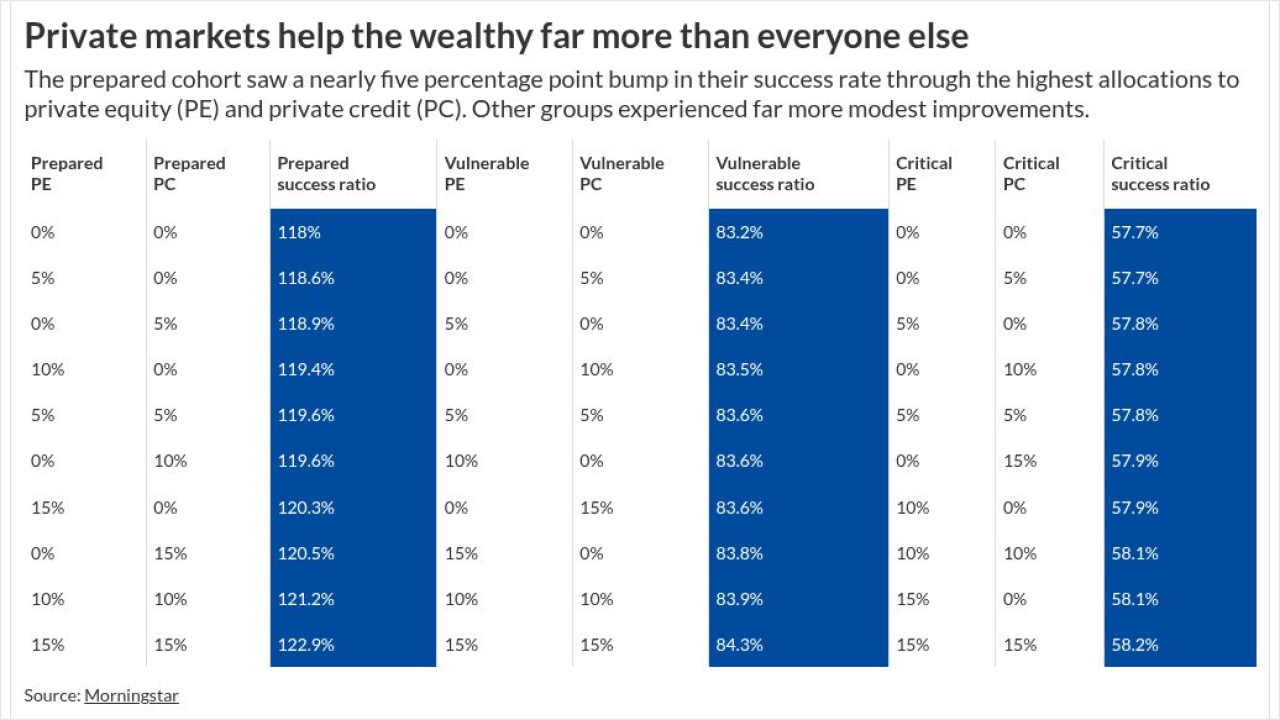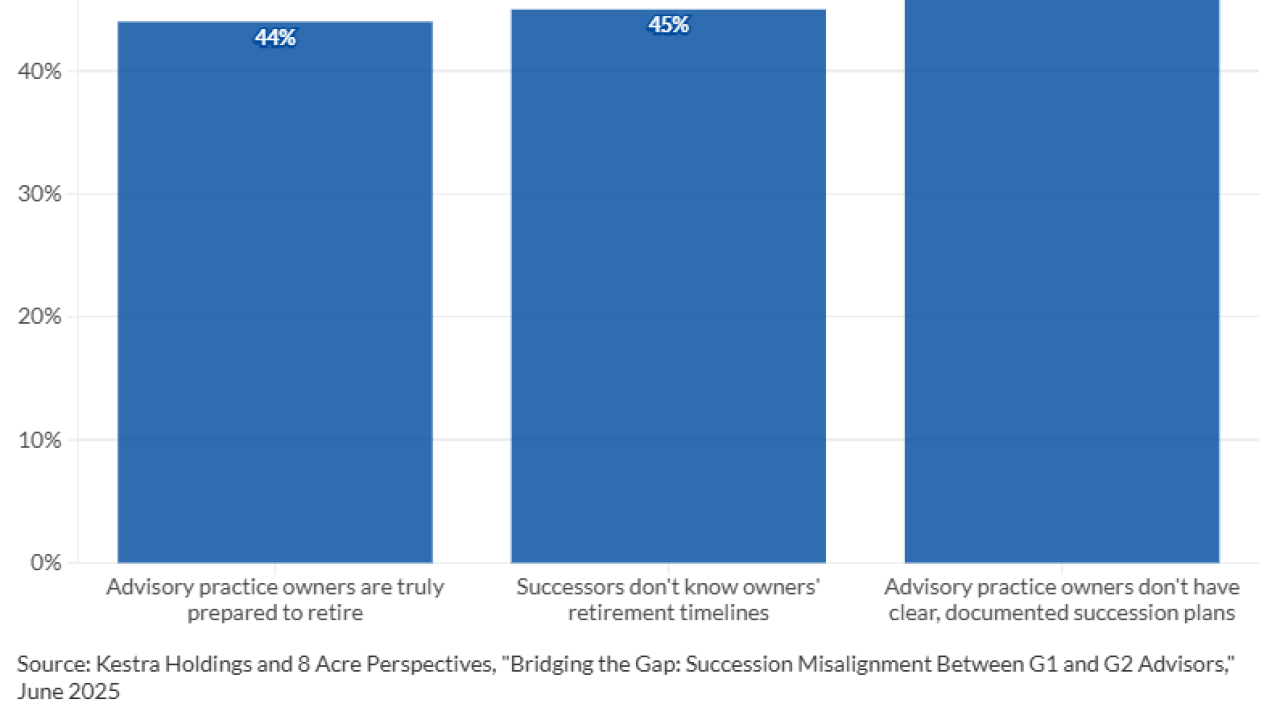Want unlimited access to top ideas and insights?
Editor's note: To receive free continuing education credit for reading this story, please see:
You can find previous months' CE quizzes here:
How do advisors help clients plan for college when its value is unclear during the coronavirus-era of virtualized learning?
“We have a lot of parents who haven’t decided whether or not to send their kids to college this fall, which is crazy, since school starts in, what, a month?” says advisor Ann Alsina of CovingtonAlsina in Annapolis, Maryland.
In some cases using tax-deferred 529 plans may help clients navigate some of the uncertainty, especially with the passage of of two recent federal acts: the SECURE Act, federal spending legislation that includes provisions for retirement savings that passed in December, and the CARES Act, which became law in March to help Americans weather the pandemic. The changes are among a wide array of options offered by 529 plans that clients may want to reconsider now, advisors say.
The SECURE Act allows 529 funds to pay $10,000 toward a student’s college loan debt — or a parent’s debt, for that matter — on a one-time basis, among other benefits. The CARES Act permits any family member who funds a 529 to take tuition reimbursements from colleges where students have elected not to enroll due to impacts of COVID-19, says college planning specialist Deborah Fox of AdvisorTouch in San Diego, California.

“The majority of advisors don’t understand how much complexity there is [in 529 funds] and how much of a positive difference they can make for their clients,” says Fox, who trains other advisors in college planning. Some students enrolled in universities with high tuition bills are opting to attend community college instead for the first year or two, advisors say. In such cases, Fox often urges clients to pay the lower cost of community college out of pocket.
This allows families to funnel more savings into 529 accounts over a longer growth horizon, she says. In a down market, it may make sense to avoid taking distributions at a loss.
In such cases, students can take out loans for the first years of college and use 529 proceeds to pay off up to $10,000 of that debt in a later year, Fox says.
The $10,000 threshold may sound modest when stacked up against expenses at top-dollar institutions, says Fox, but it’s not limited to just one child. In fact, there’s no cap on how many kids in a single household could benefit from the one-time pay-off provision.

“For a family with three kids, that’s $30,000” in reduced debt, Fox says. “That’s a real benefit.”
Families who paid tuition before in-person classes were canceled and want a reimbursement from their 529 plans, the $2 trillion CARES Act allows families to get the money back from universities, Fox says.
However, to avoid paying tax on a non-qualified distribution, plus a 10% tax on any gains, it must be redeposited into the plan for the same beneficiary within 60 days.
At that point, Alsina sometimes advises parents use funds for a variety of other expenses under the SECURE Act. For example, she says, families can tap the money for private school tuition for younger children, up to $10,000 per child per year. Under the rules of 529 funds offered in more than 30 states, Fox says, that amount also can be used to reduce taxable income that year for parents or grandparents, or whichever family member opened the fund.
Alsina advises clients to deposit the cost of a child’s private school tuition into the 529 plan and then withdraw it the same year.
“Normally you would say, ‘Why would you want to use your 529 for schools now?' ” says Alsina, who adds parents would otherwise access the investments after years of compounded, tax-deferred growth. But, she says, “being able to run your private school tuition, at least up to $10,000 [through the fund], does give you a tax break.”
Given that rules governing 529 plans vary by state, advisors should always check to ensure that this advantage, and any others, are covered by that particular plan, says LPL Financial advisor Irene Berner of Berner Financial Services in New Paltz, New York.
Berner cautions that families should keep watch of the rules and regulations that govern all 529 plans and how they differ state-by-state.
“They could change at any time,” she says.







